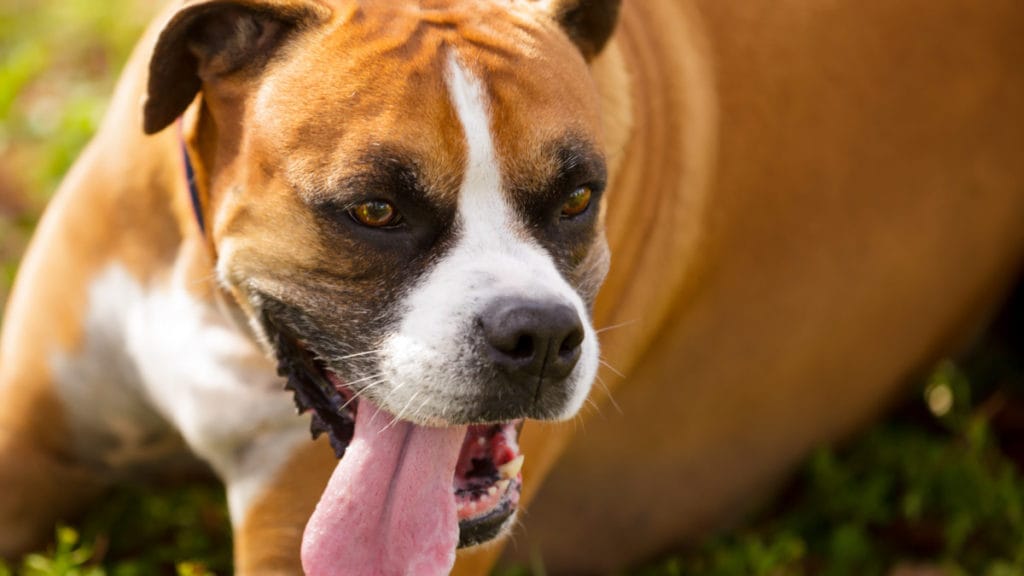Contributed by Dr. Diana Drogan, DVM.
Although many Florida natives have grown very accustomed to the hot and humid weather that lasts all year, our dogs may not adapt so well to hotter climates. And southeastern states are not the only places that get too hot for our fur babies to withstand. Typically, it is recommended that people avoid direct sunlight and strenuous exercise between the hours of 10 a.m. and 4 p.m. in summer months, which may mean outdoor activities can only be done during early morning and late night hours. The same used to be said for our pets, as well as making sure they have access to plenty of fresh, cool water all day.
However, in recent years, the same rules may not always apply. Depending on the breed and color of your dog, the time of day may not be the only factor in preventing heat exhaustion and heatstroke, which are very scary and life-threatening medical emergencies. Playing fetch for 30 minutes in the backyard with a brachycephalic dog (a flat-faced dog such as a French Bulldog or a Pug who has trouble breathing, even in a cool climate) can lead to a trip to emergency veterinarians, but so could an instance where a thick-coated dark-colored dog was just let outside in the backyard for a few minutes to use the bathroom. The signs of heat exhaustion can sometimes be difficult to catch, especially if your dog seems to be acting normally while having fun outside and drinking plenty of water. Early signs, such as excessive panting and drooling and bloodshot eyes, may go overlooked at first since your dog is exercising. However, once dogs become overheated to the point where they are vomiting, panting excessively causing difficulty breathing, passing out, tremoring or having a seizure, it’s already considered heatstroke.
At the first signs of heat exhaustion, immediately bring your dog inside where it is cool and offer them water to drink in small frequent amounts as drinking too much too soon can cause vomiting. If they do not want to drink on their own, do not force it into their mouth or push their face into the bowl, as this can cause them to aspirate the water into their lungs. Next, take their temperature by placing a lubricated thermometer into their rectum. If their temperature is 105 degrees Fahrenheit or more, at-home cooling techniques should be started. Place them in a bathtub or shower and rinse them down with lukewarm water. Do not use ice or ice-cold water, as cooling them too quickly may cause other injuries. Take their rectal temperature again, and if the temperature is lowering that is a good sign and they are ready for you to bring them to the closest veterinary emergency hospital for evaluation. If their temperature is not lowering, they are experiencing a more severe overheating episode and at-home cooling techniques need to continue longer however once their temperature reaches 104 F, stop cooling them and do not let their temperature fall below 104 F, because getting too cold can cause a whole other set of health problems. Once this is achieved, it is time to transport your pet to the veterinarian. Make sure to pre-cool your vehicle and have the air conditioning running for 5-10 minutes before you put them inside and direct the air conditioning vents toward the back seat so they don’t over heat again during the drive. At the hospital, their temperature will be monitored closely, intravenous fluids will be given to help keep them cool, and the veterinarian will perform necessary diagnostics to assess any organ damage. Make sure to tell the veterinarian what you have done already at home so when they assess, they know how to interpret their physical exam and diagnostic findings accurately.
Remember to stay safe this summer and take precautions to help your dog beat the heat!

Share:









